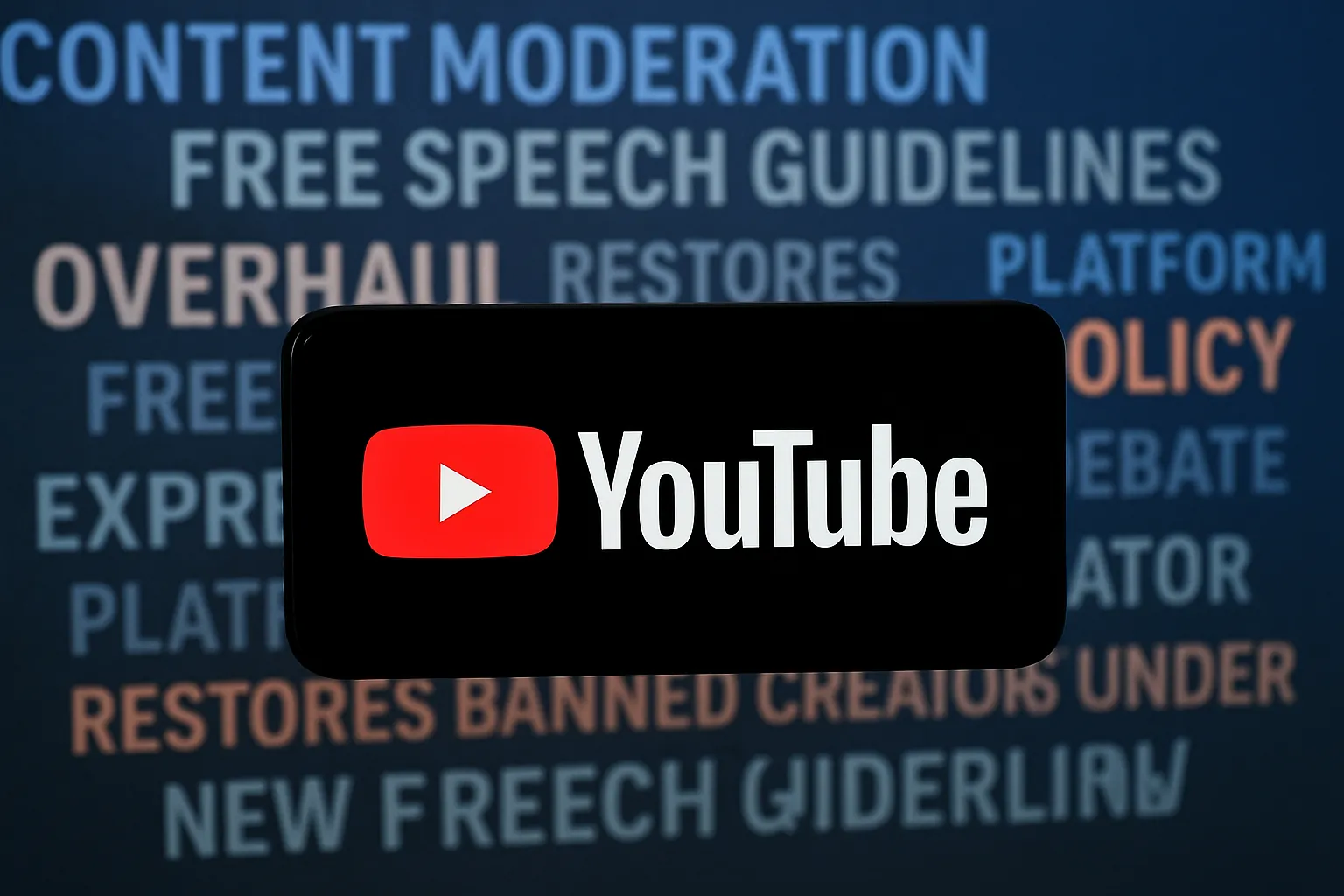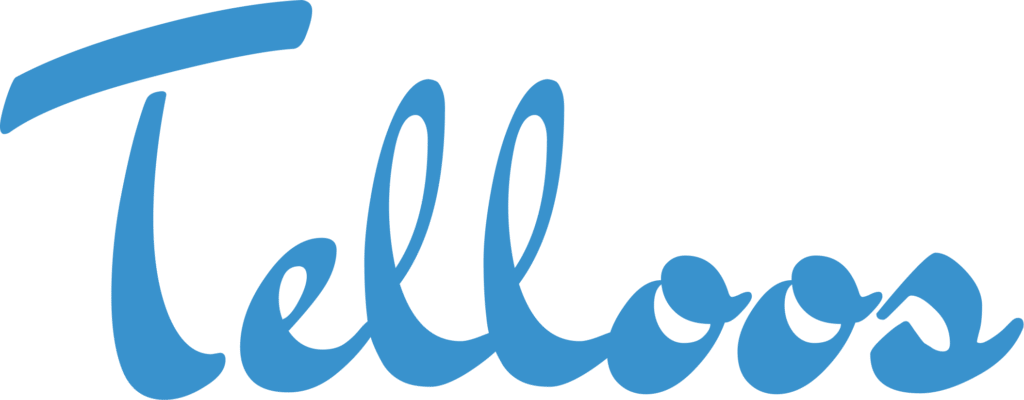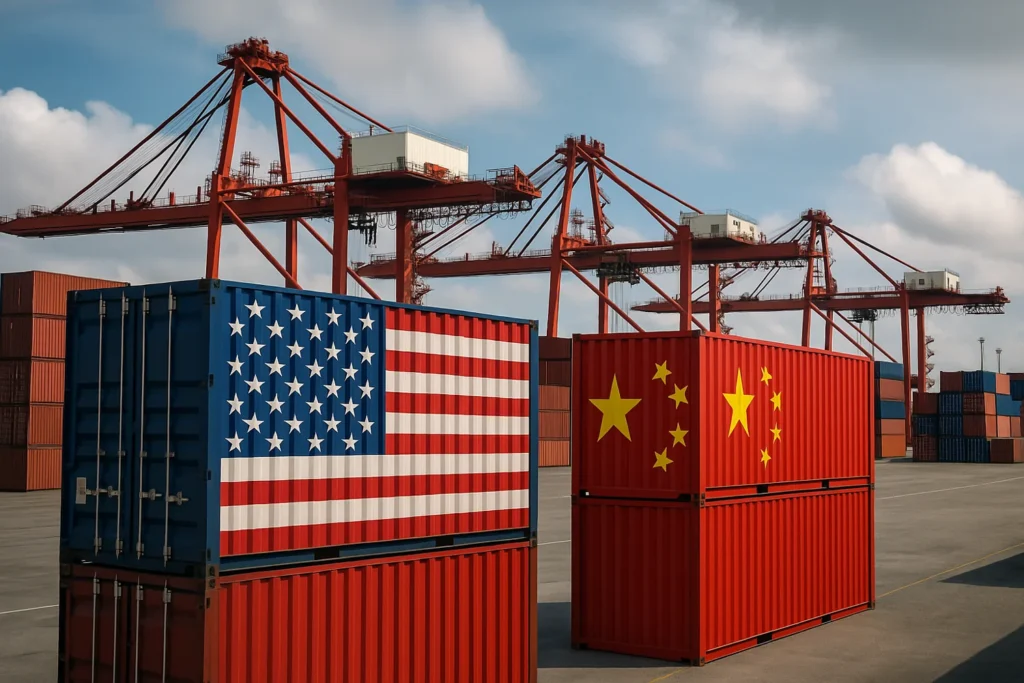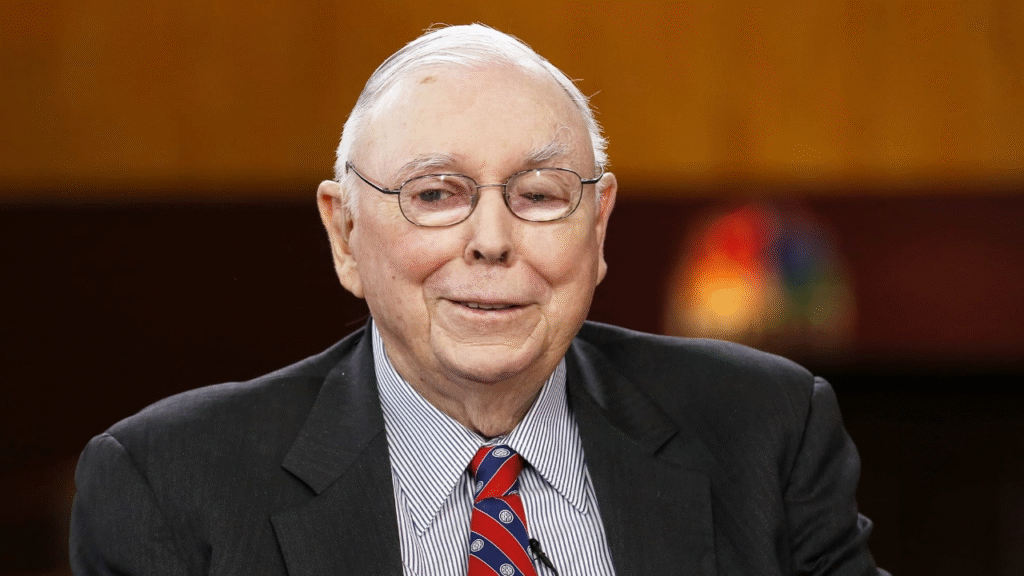When YouTube announced its content moderation overhaul, it didn’t just rewrite community guidelines — it reopened the battlefield over free speech in the digital age. By reinstating thousands of previously banned creators, the platform is testing how far Silicon Valley can stretch “freedom” before it collapses into chaos.
The move, branded as a “restoration of fairness,” is both revolutionary and reckless. It acknowledges what critics have long accused Big Tech of doing — shaping political discourse through selective censorship — yet it risks re-empowering some of the most polarizing voices on the internet.
Context: From Algorithmic Control to Accountability
For years, YouTube moderation has operated behind an algorithmic curtain. Its enforcement policies — from pandemic misinformation to political content — were dictated by opaque systems and outsourced moderators. Thousands of creators saw their channels demonetized or deleted without explanation.
Now, under new leadership and increasing pressure from lawmakers, YouTube claims it’s changing course. The platform will reinstate select accounts that were previously terminated for “borderline” or “context-dependent” violations. Among them are political commentators, investigative journalists, and several tech influencers who challenged mainstream narratives.
The company’s statement, shared with CNN, calls the reform a “necessary recalibration of digital governance.” In simpler terms: YouTube is trying to clean up the mess it created.
But this isn’t just about one platform. It’s a test case for how far free expression can coexist with algorithmic responsibility — a test that could reshape global online policy.
Oppositional Argument: The Myth of Digital Neutrality
Let’s be honest — YouTube’s newfound embrace of “free speech” is less altruism and more strategy. After years of political backlash and declining creator trust, this overhaul is a survival move.
The platform is bleeding credibility. Creators complain that community guidelines have become ideological tools, applied inconsistently depending on political winds. Conservatives accuse YouTube of liberal bias; progressives accuse it of fueling hate and misinformation. The result: universal distrust.
By lifting bans, YouTube is repositioning itself as a neutral arbiter — but neutrality in the digital economy is a myth. Algorithms don’t just reflect society; they amplify it. The same system that once silenced dissenters can now flood the feed with demagogues.
And that’s the danger. The pendulum swings from over-censorship to under-regulation — and both end in manipulation.
Analytical Breakdown: Business, Politics, and Algorithmic Power
This moderation overhaul isn’t just a moral stance. It’s economic calculus.
YouTube’s ad revenue declined for four consecutive quarters before rebounding slightly in 2025. User engagement metrics have stagnated, while platforms like X and Rumble lure creators with “no-censorship” branding. To stay relevant, YouTube must balance advertiser safety with the messy reality of human speech.
Reinstating controversial channels accomplishes two things: it brings audiences back and signals defiance against political oversight. With new EU regulations demanding algorithmic transparency, YouTube preemptively rebranded its approach as “open dialogue.” In Washington, it’s lobbying to prevent future antitrust measures targeting content bias.
In essence, YouTube isn’t promoting free speech — it’s monetizing controversy. Every reinstated account means revived ad revenue, viral debates, and boosted watch time.
But it’s a double-edged sword. The same creators driving traffic often fuel division. The more polarized the content, the higher the engagement. Silicon Valley’s morality is measured in minutes watched, not ethics upheld.
The Political Dimension
YouTube’s shift echoes a broader cultural turn. Under pressure from populist governments and independent journalists, Big Tech companies are retreating from aggressive moderation. Meta quietly rolled back misinformation warnings. X, under Elon Musk, turned content freedom into its core brand. Now YouTube joins the club — not out of conviction, but competition.
The irony is palpable: platforms that once claimed to “protect democracy” now profit from dismantling the very guardrails they built.
Human Perspective: Voices Restored, Divides Reopened
For banned creators, this overhaul feels like vindication. Tech analysts who questioned vaccine policies, journalists who reported on election irregularities, and activists who challenged government surveillance — many of them lost livelihoods overnight.
Their reinstatement means more than revenue; it’s moral redemption. Yet even they approach it cautiously. “We got our platforms back,” one independent reporter told Oppositioner, “but not our trust. YouTube can flip the switch again any time.”
Meanwhile, for those affected by hate speech or misinformation campaigns, the reform feels like betrayal. Advocacy groups warn that lifting bans could unleash harassment networks and conspiracy echo chambers that moderation once contained.
The line between free expression and weaponized communication is thinner than ever. And YouTube’s overhaul blurs it completely.
Counterarguments
Defenders argue that re-platforming isn’t lawlessness — it’s evolution. YouTube now offers an appeal process, clearer transparency reports, and layered penalties before permanent suspension. The goal, they say, is proportionality, not permissiveness.
But trust requires more than procedures; it requires consistency. And consistency is precisely what algorithms lack.
The challenge isn’t technical — it’s philosophical. Who decides what’s “harmful”? Silicon Valley engineers? Political activists? Or the invisible logic of engagement data?
The Broader Implication: A Digital Reckoning
This overhaul marks the next phase in the battle for digital sovereignty. Governments worldwide have long wrestled with the contradiction between protecting citizens and policing thought.
In Europe, new Digital Services Act provisions compel transparency on takedowns. In the U.S., lawsuits are mounting against platforms accused of both censorship and negligence. The ideological fault line runs straight through Silicon Valley.
By restoring banned accounts, YouTube effectively declares independence — not from politics, but from responsibility. It hands speech back to the mob and trusts algorithms to keep order. History suggests that’s naïve.
The same mechanisms that radicalized millions during the pandemic haven’t changed; only the moderation tone has.
Conclusion: The Platform as Parliament
The YouTube content moderation overhaul isn’t the end of censorship — it’s its rebranding. Instead of removing content, the platform will now shape exposure, deciding what goes viral and what dies in the algorithmic void.
It’s a subtler, more powerful form of control: digital visibility as currency. YouTube’s creators may be back, but they’re still at the mercy of invisible systems deciding their worth.
In this new ecosystem, speech isn’t free — it’s conditional. And while Silicon Valley pretends to democratize voices, it continues to profit from division.
Freedom without responsibility is chaos. Responsibility without transparency is tyranny. YouTube’s gamble is that it can sell both — and call it balance.
External Links
- CNN – YouTube Reverses Bans in Content Moderation Overhaul
- The Verge – YouTube’s New Approach to Content Governance
71 views






